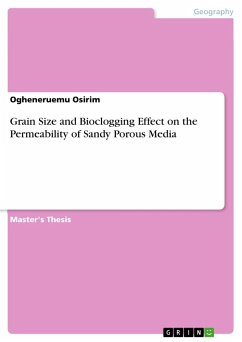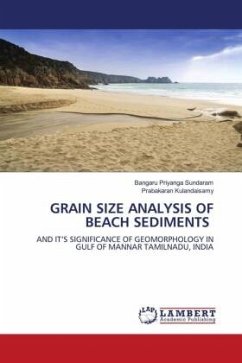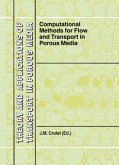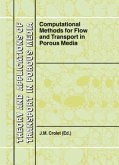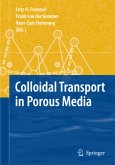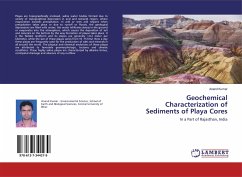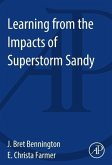Master's Thesis from the year 2014 in the subject Geography / Earth Science - Geology, Mineralogy, Soil Science, University of Manchester, course: Chemical Engineering with Design, language: English, abstract: The effect of bacteria activity on flow properties in porous media have been documented in the past. Although some of such effects were viewed as negative in some applications, such as water treatment systems and aquifer recharge these effects have been found useful in the water flooding process for enhanced oil recovery, the so called microbial enhanced oil recovery MEOR. MEOR is influenced by the clogging ability of microbes such that they are used to clog high permeability zones in the reservoir, thereby redirecting the flow of water into areas of low permeability. Aside from the ability of bacteria in pores clogging other factors affect the effectiveness of the MEOR including the grain size of the formation media, the nutrient availability and the physical and chemical properties of environment. In this project, the effect of grain size on the bioclogging and corresponding alternation of the hydraulic properties of porous media are investigated. Also the visual effect of microbial growth on the various grain sizes is observed using a Scanning Electron Microscope. Three sands of different grain sizes and texture are used to conduct the experiments with the average grain size of 166¿m, 355¿m and 1440¿m. Microbes were allowed to grow in sand column with sucrose as carbon source and SEM images were taken on the last day.

